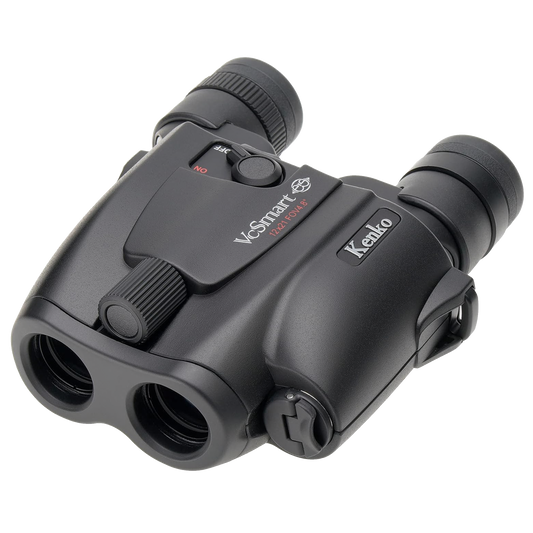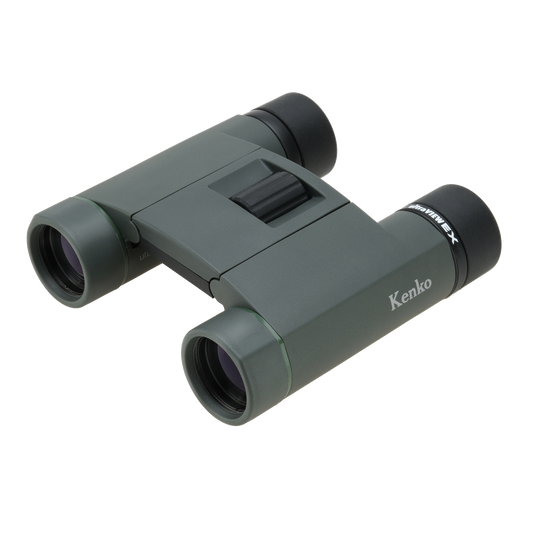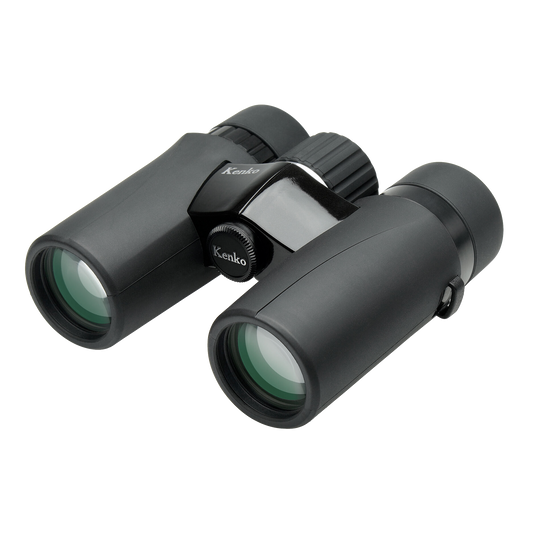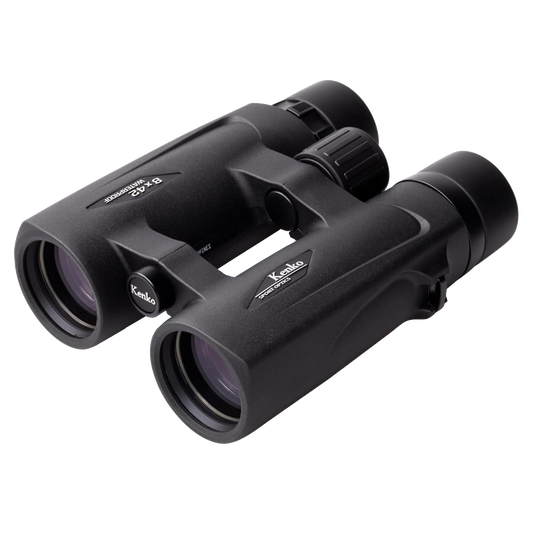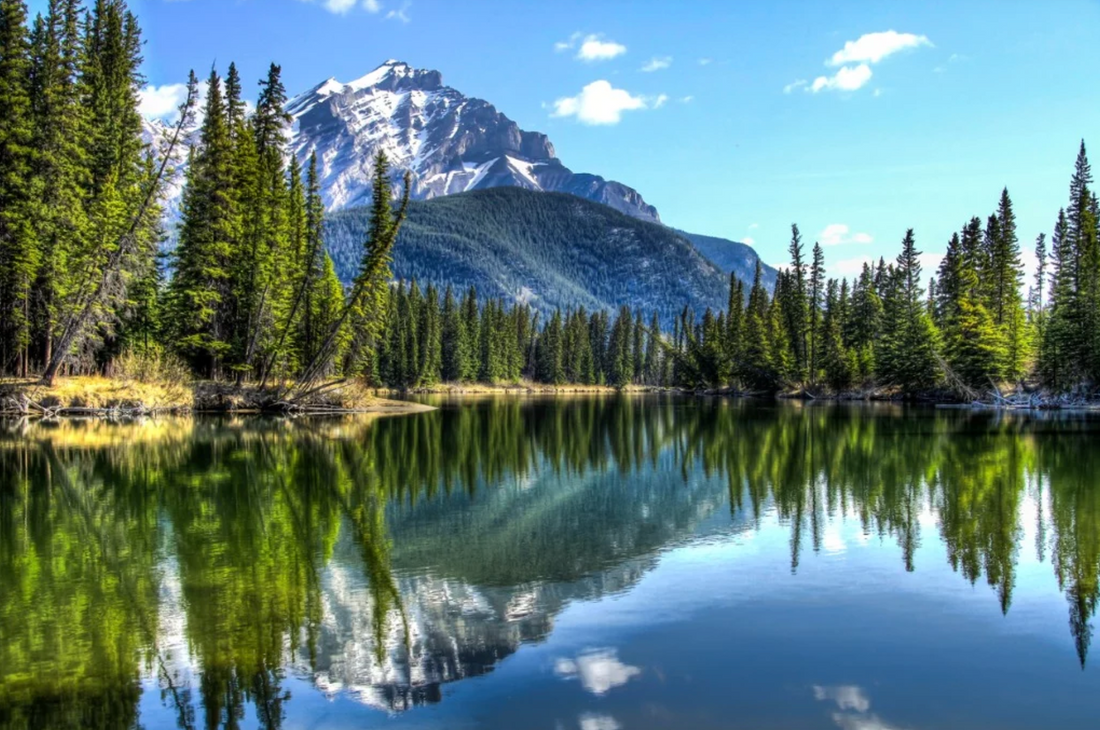
Top 5 Landscape Photography Accessories You Need in Your Bag

photo by jmatkins via iStock
Landscape photography is one of the basic types of photography that all levels of photographers do. You may be engaged in it as a fine art photographer, or as part of a project, or simply for your own enjoyment as snapshots.
Regardless of the reason for your landscape photography, there are landscape photography accessories and tips that will help you capture amazing outdoor photography images. Some of the nature photography accessories you already have, you simply need a good reason to get them out of your bag or closet.
Polarizer Filter

A polarizer filter is one of the most useful indoor or outdoor photography accessories a photographer can own. It should probably be among your first accessories if you are a beginner to DSLR or mirrorless cameras.
A circular polarizer like the Kenko Puro Slim Circular Polarizer Filter (shown above) is an excellent choice for polarizer filters.
Not only is this polarizer budget-friendly, but it’s also made of high-quality materials that make it a durable investment for the long-term.
Additionally, with 16 layers of multi-coatings, this filter will repel water, dust, oils, and fingerprints, that way you can spend more time actually taking beautiful photos and less time cleaning your filter.

photo by chonchit via iStock
Polarizer filters do so much for your images, too. They can remove or lessen glare and reflections from glass, water, and even the leaves of plants. One of my basic landscape photography tips is to use a polarizer, or at least consider using one, anytime you’re outdoors in sunlight.
By removing reflective glare, you can also eliminate or reduce atmospheric haze effects on your pictures. The results of this can include darkening the blue of the sky and making the clouds pop out from the sky.
Editor's Tip: Get Kenko’s latest updates and access to promos for discounted gear. Click here to sign up.
Sturdy Tripod

photo by shilh via iStock
Tripods are another must have nature photography accessories. You have many options in regards to size, weight, and functionality. The landscape photography tips list leaves a lot of choices open to you.
Travel tripods are generally very lightweight and will fold up compactly enough to fit in your camera bag or backpack. A professional tripod, such as the E-Image EK-610 tripod shown below, is useful for times when you require more stability.

For example, the EK610 has dual-stage aluminum legs that give your camera gear all the support it needs to capture sharp photos. Setup is a breeze too - the twist leg locks are easy to use, making deployment of the tripod quick and simple.
Another feature that sturdy tripods should have is rubber feet with spikes. Rubber feet keep the tripod in place while spikes offer an extra layer of stability on snow, ice, or uneven terrain.

This particular tripod even has a mid-level spreader to keep the legs in place in challenging conditions. In other words, this is a tripod that can do just about anything, just about anywhere!
Whether you opt for more stability or portability, the important thing is to have one with you. Certain styles of landscape photography are best done with a tripod. HDR, high dynamic range, photography and panoramic photography involve shooting multiple images and blending them together. Using a tripod ensures good image registration for stitching the images together.
Learn More:
Remote Release

photo by kamontad123 via iStock
Since you’re using your tripod for additional stability to improve your images, and essential extra landscape photography tip is to use a remote release to trigger your camera. It makes sense to use one to eliminate or reduce any possibility of camera shake.
The mechanical cable has been replaced by wired and wireless remotes. Some remotes also allow controlling other camera functions in addition to releasing the shutter. You may also be able to find a smartphone app for your particular camera, some of which are just like using your camera’s menu from the viewscreen.
Graduated Neutral Density Filter

photo by Ignacio Ruiz Casanellas via iStock
The more involved you find yourself in any style of landscape photography, the more you see a need for extra control over exposure and composition. Putting your camera on a tripod and using a graduated neutral filter is a useful method of taking full control of your outdoor photography.
What happens sometimes is that the foreground requires an exposure that ends up washing out the background or sky. Especially so when shooting in the Golden Hour or capturing sunset and sunrise images.

photo by Steven-Baranek via iStock
A graduated neutral density filter is clear on one side and darkens towards the other side. This lets you have one exposure setting with a balance of light to dark. Once you get used to using one, you’ll find a myriad of situations to put it on your lens.
Among my favorite outdoor photography accessories is the filter holder with square filters version of GND (graduated neutral density) filters. This allows for precise positioning of the filter in relation to the dark and light areas of your composition.
Camera Bubble Level

photo by 1001slide via iStock
Some newer cameras have a built-in electronic level. Accessing the viewfinder grids also works well. If your camera doesn’t have those features, one of the least expensive landscape photography accessories is the hot shoe mounted bubble level.
Operation is so simple. Mount your camera on a tripod, level out the rig with the bubble level. Especially when using ultra wide angle lenses, attempting panoramas, or using a GND filter, having a level camera makes for excellent images.
Learn More:
Camera Bag or Backpack

photo by anyaberkut via iStock
When you decide to start adding accessories and other gear to your initial camera and lens purchase, you need somewhere to put them, some way to carry them out to where to wherever you’re taking landscape photographs.
The old style of ever ready cases, or as I liked to call them never ready, has pretty much been supplanted by lightweight and extremely usable small bags. For nature photographers, many of the best bags are styled as a backpack.

photo by RossHelen via iStock
Backpack style camera bags aren’t solely landscape photography accessories, you will find yourself using your bag for most of your photo excursions. A nice plus about using the backpack style is they seem a little more secure. It’s harder to drop or have taken off of you when the bag is attached to you that way.
Padding or some form of protection is preferred as a bag feature. Your gear needs to be protected from accidental impact caused by dropping or by bumping into things. A soft bag with decent impact protection is perfect. Hard carrying cases are nice for travel or storage, but they are cumbersome for using outdoors in nature or on the street.
Landscape Photography Tips

photo by Oleh_Slobodeniuk via iStock
The most useful landscape photography tips focus a lot on exposure and composition. Practice new techniques and learn all the features of your camera in order to maximize your success in capturing great landscape photographs.
Take your camera off of the fully automatic green dot setting, play around with the special features of your own particular camera. Try out ideas that are new to you. Enjoy creating beautiful art and capturing good snapshots.
Plus, a few good accessories will be very beneficial to have on hand.
Originally posted on PhotographyTalk.com.

